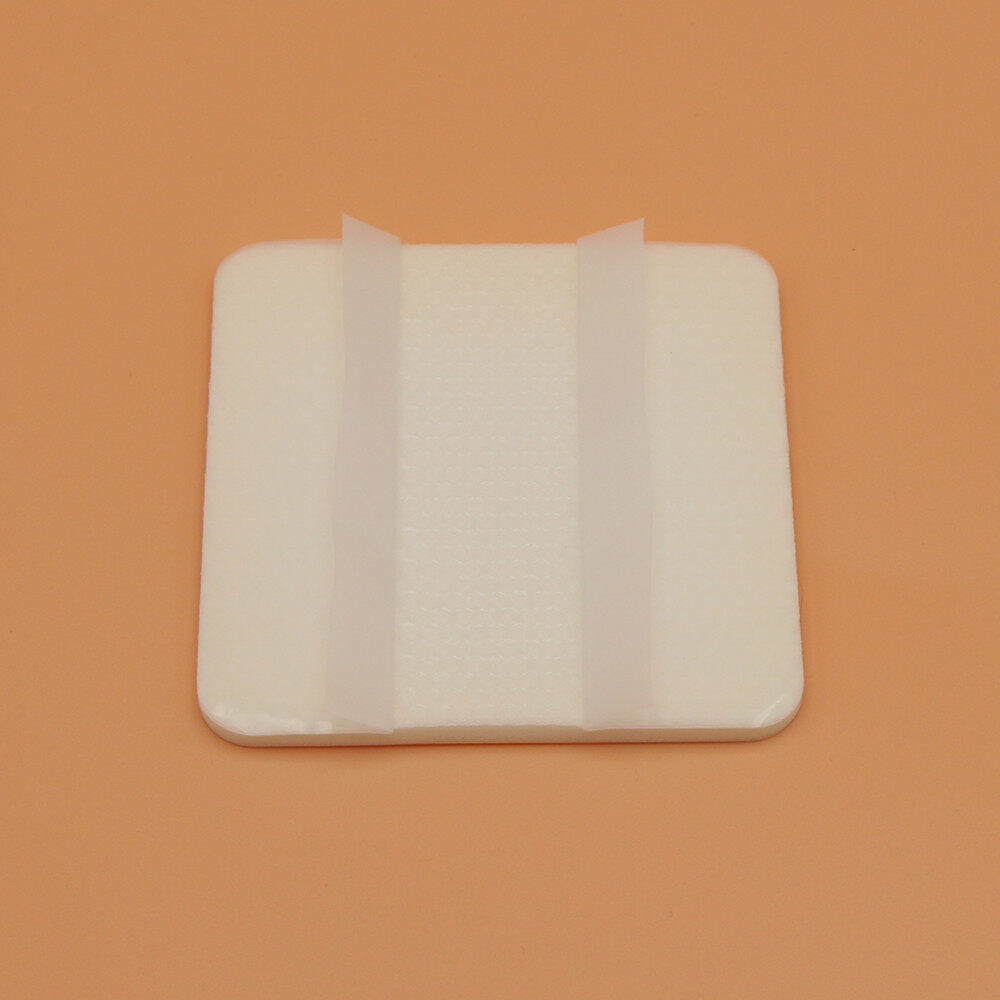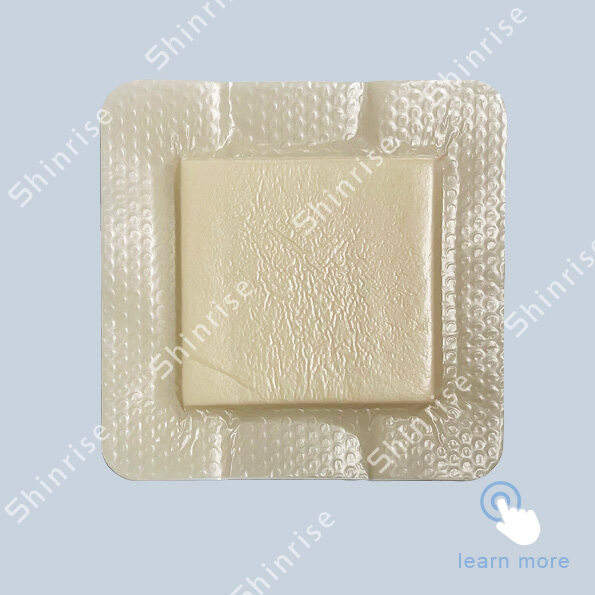Email cannot be empty
Password cannot be empty
Email format error
Email cannot be empty
Email already exists
6-20 characters(letters plus numbers only)
The password is inconsistent
Email format error
Email cannot be empty
Email does not exist
6-20 characters(letters plus numbers only)
The password is inconsistent


Unlocking the Wonders of Polyurethane Foam Dressings
Polyurethane foam dressings have revolutionized advanced wound care by offering a multitude of benefits that promote effective wound healing. This blog post aims to be your comprehensive guide to polyurethane foam dressings, exploring their features, applications, and the advantages they offer in the field of wound management.
Understanding Polyurethane Foam Dressings
The Science Behind Polyurethane
Polyurethane foam dressings are made from a unique material known for its versatility and adaptability. The science behind polyurethane lies in its open-cell structure, which allows for effective absorption of exudate while maintaining a moist wound environment—a critical factor for optimal healing.
Key Features and Benefits
Superior Absorption Capacity
One of the standout features of polyurethane foam dressings is their exceptional absorption capacity. These dressings can efficiently manage exudate levels, promoting a balanced wound environment that accelerates the healing process. This makes them suitable for a wide range of wound types, from superficial abrasions to more complex chronic wounds.
Moisture Retention for Optimal Healing
Polyurethane foam dressings excel in retaining moisture, creating an environment conducive to wound healing. The controlled moisture levels support cell proliferation and migration, fostering the growth of granulation tissue. This essential feature enhances the overall healing trajectory of wounds.
Applications in Wound Management
Versatility Across Wound Types
Polyurethane foam dressings find widespread applications in various wound management scenarios. From surgical incisions to chronic ulcers, these dressings adapt to different wound types, providing a consistent and effective approach to wound care.
Pressure Ulcer Prevention and Treatment
Polyurethane foam dressings play a crucial role in the prevention and treatment of pressure ulcers. Their ability to distribute pressure evenly, coupled with their moisture-retentive properties, contributes to minimizing the risk of skin breakdown in patients at risk of pressure ulcers.
Ease of Application and Removal
Convenient and Patient-Friendly
Polyurethane foam dressings are known for their ease of application and removal. Their pliable nature allows for easy shaping and contouring to wound sites, ensuring a snug fit. Additionally, the non-adherent nature of these dressings minimizes trauma during removal, enhancing the overall patient experience.
Long-Wear Time and Cost-Effectiveness
Extended Wear for Reduced Change Frequency
Polyurethane foam dressings offer extended wear times, reducing the frequency of dressing changes. This not only provides convenience for both healthcare professionals and patients but also contributes to cost-effectiveness in wound care management.
Considerations for Effective Usage
Appropriate Sizing and Thickness
To optimize the benefits of polyurethane foam dressings, selecting the appropriate size and thickness is crucial. Proper sizing ensures that the dressing covers the wound adequately, while the right thickness addresses the specific absorption needs of the wound.
Monitoring Exudate Levels
Regular monitoring of exudate levels is essential when using polyurethane foam dressings. This helps healthcare professionals assess the effectiveness of the dressing and determine the appropriate timing for changing the dressing.
Conclusion: Elevating Wound Care with Polyurethane Foam Dressings
In conclusion, polyurethane foam dressings stand as a beacon of innovation in wound care, offering a multitude of benefits for effective healing. From their superior absorption capacity to versatility across wound types, these dressings are transforming the landscape of wound management. By understanding their features, applications, and considerations for effective usage, healthcare professionals can harness the full potential of polyurethane foam dressings to provide optimal care for their patients.
Explore the advanced world of wound care with polyurethane foam dressings. As a trusted partner in healthcare, we offer a range of high-quality polyurethane foam dressings designed to elevate the standard of wound management. Contact us today to discover how these innovative dressings can make a difference in your patient care approach.

